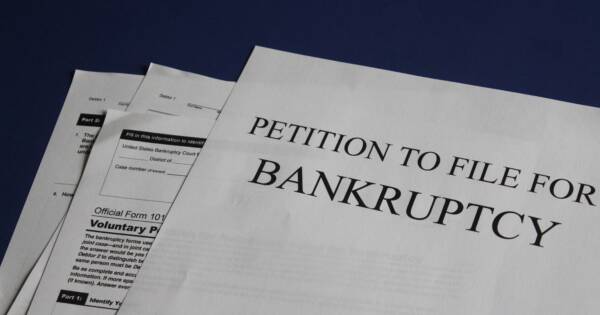If you have your finances lined up and find going to work every day more of a chore than a joy, it might be time to start putting your retirement plans into effect. When you’re ready to retire and start traveling, relaxing or taking up that hobby you’ve been interested in for years, it also means it’s time to put together a letter of intent to retire for your employer. Our tips can help you streamline the process and avoid any pitfalls when putting in for retirement.
What Is a Letter of Intent to Retire?
A retirement letter, or letter of intent to retire, is much like any resignation letter, but since you won’t be starting a new job afterward, you have some flexibility in terms of what you can offer the company you’re leaving. After all, you spent years developing organizational knowledge and professional expertise. It may not be an easy task to replace you.
Take the time to discuss your plans with your supervisor before you write a formal letter announcing your plans. This gives you time to:
- Research company policies surrounding retirement. Different companies have different retirement plans and policies. In positions where you might be eligible for a pension, you might need to give more notice or also notify the organization that manages your pension plan. Sick and vacation time may be paid out at the end of your work period, or you may use that time to shorten your stay prior to retirement. Meet with HR as soon as you’ve talked to your supervisor.
- Provide plenty of notice. Filling vacancies is not always an easy task. The more responsibilities a position has, the longer it can take to find a replacement. When retiring, you want to offer your employer enough time to find a qualified new hire or to train a replacement. While six months’ notice may be too much, three or four is likely a reasonable length of time.
- Hold out a helping hand. The longer you’ve been with a company, the longer it is likely to take HR to replace you. Maintaining a good relationship with your former employer is always a good idea, so be sure to extend an offer to train a replacement, offer to work part-time or consider a consulting position. All of these options let you scale back on work time without leaving your former employer in the lurch.
- Write a formal letter of resignation. Be sure to thank the management of your company, both in person and in your resignation letter, for the experience and opportunities. Avoid delving into any problems or hard feelings. At this point, you’re on your way out the door and there’s no reason to leave things on a sour note. Make sure to hand a copy of your retirement letter over to HR and your direct supervisor.
What to Include in a Letter of Intent to Retire
You should not draft your letter of intent to retire until after you’ve notified your supervisor. Once you have completed that task, you can sit down and put together a formal notice that you intend to leave. Tackle this letter the same way you would any business correspondence. You want it to be grammatically correct, typo-free and easily readable. If you are not sure where to start, use a sample letter of intent to retire as a reference. When writing your letter, make sure it includes all of the correct information. Be sure to:
- Specify your final day. Near the beginning of the letter, specify your proposed last day. This lets your employer know your specific plans and gives them a concrete timeline for hiring a replacement. If they need more time, they can always ask.
- Remember the good times. Take a few lines to mention how long you’ve been with the company and summarize what you’ve accomplished. If you ever decide to come out of retirement, it’s good to have a record of all of the successes you’ve experienced on the job.
- Be grateful. Extend your thanks for the employment experience, even if there were things that were less pleasant about the work. Remember, a retirement letter is not the place to air grievances. Instead, it should be pleasant and a quick look at what you’ve enjoyed about working at the company.
- Add a personal plug. If you’re unsure about complete retirement and are considering some occasional or part-time work after your end date, be sure to mention your willingness in your letter. Of course, this is information you should discuss with your boss first, but be sure to reiterate it in your retirement letter.
- Send out copies of the letter. Both Human Resources and your boss should get a copy of the letter when it is completed. Including HR can help streamline the process so you don’t have any difficulties with your benefits after leaving the position.
- Include updated contact information. After retirement, many people choose to move. It’s important to make sure your former company has updated address information to keep in contact about any ongoing benefits. Also, it’s always a good idea to maintain your network by providing a personal email to your boss and other coworkers that you might like to see after you retire.
A notice of intent to retire sets the process in motion. Once you turn in that letter, your employer starts the hiring process and paperwork required to begin delivering any retirement benefits, which will hopefully result in a happy, healthy post-career life for you.






